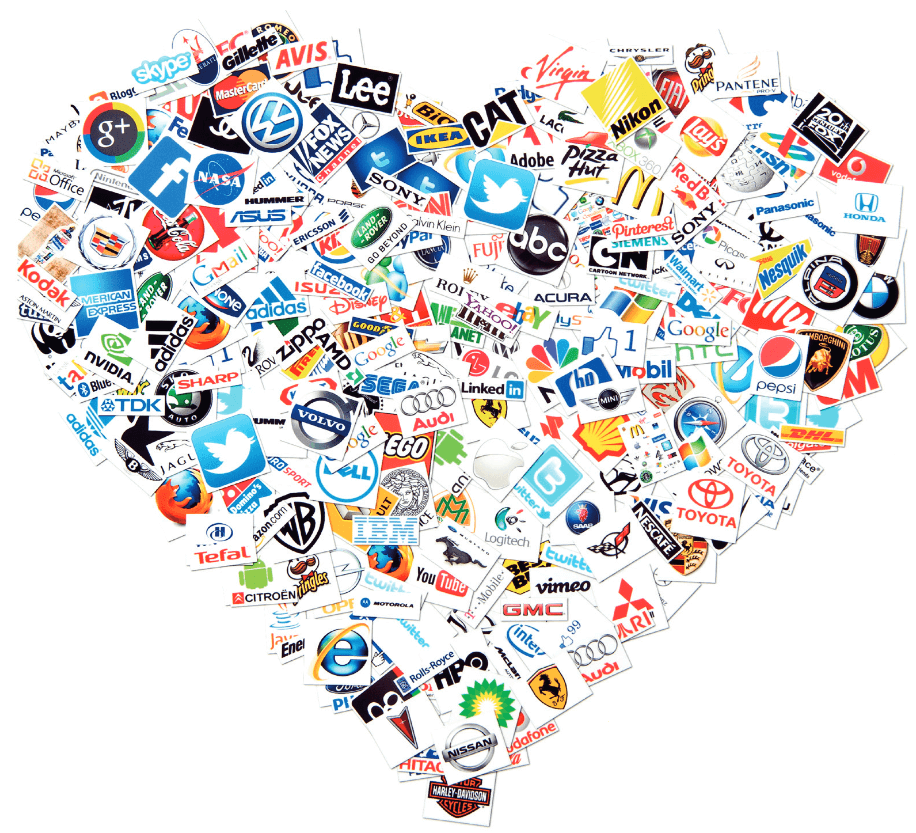Brands can make U feel better
Studies of human happiness might be flawed by their reliance on reported levels of feel-good vibes, rather than any objectively derived metric, but when a pattern repeats itself in culture after culture, from Poland to Peru, you can probably reckon there’s something in it.
That pattern is the ‘U curve’, first identified by economists David Blanchflower and Andrew Oswald, and replicated dozens of times since. If you divide adult human life into three broad swathes – young, middle-aged, old – the studies show that reported happiness is high at the two extremes and slumps in the middle.
Twenty-somethings and 70-somethings are doing OK; their lives are giving them satisfaction. Around the 40 to 50 mark, though, people are in the mire and the slough at the bottom of that U.
Imagine, for a minute, that we applied to those three stages of adult life the same terms we use for the stages of car ownership. Young adulthoods are ‘new’, with all their shine, body integrity and sweetly revving engines.
At the other end of the age range, older adulthoods are ‘vintage’ – more about a recognition of uniqueness of style and an appreciation of quirks than about mundane measures of efficiency or speed.
And in between? The epithet is ‘used’ – with all the beaten-down compromise and wary uncertainty that implies.
Who’s doing the using in these middle-mile lives? Employers, divorce lawyers, mortgage providers, needy children, guilt-inducing parents, the taxman, the VAT man, the vet man or woman, and anyone else who contrives to simultaneously take your money and give you a hard time about how you look after your pet/teeth/kids.
What is there to look forward to? Well, progress to that vintage stage, I guess – just as long as a person doesn’t hit the scrapyard first, which, with those signs of wear and tear becoming all too apparent, feels a daily troubling possibility.
Some study authors have sought to control for lifestyle factors and isolate mood scores irrespective of background circumstances. They have discovered that the pattern still holds; that even people with objectively excellent midlife situations still feel inexplicably low. That can lead to a perverse feedback loop whereby people who know they have no reason to feel unhappy start to feel unhappy about the unhappiness itself.
Brands and marketing fit into this messy and often irrational demographic warp the way they always do – with the intelligent marketer needing to first recognise the psychology of the phenomenon, then ask what their brand can do to help, and then hopefully earn competitive reward for doing so.
The opportunity is certainly there. Midlife is a brand crossroads too, a crazy consumption intersection where almost every imaginable category is represented. Who else but a midlifer would walk out of a supermarket with a bottle of Calpol, a bottle of Baileys and a bottle of L’Oreal root touch-up in among the veg, fruit and groceries in the heaving trolley?
A great many marketers are custodians of ‘U-bottom’ brands, with other demographic targets merely tacked on. They could do worse than reflect on both the substantive and affective trials of midlife existence, and seek ways to contribute positively to both.
 At the substantive level, the first rule has to be don’t make these people’s lives even trickier than they are. It shouldn’t need to be stated, of course, but when you look at how brands routinely abuse consumers’ time and energies, you can see why it does.
At the substantive level, the first rule has to be don’t make these people’s lives even trickier than they are. It shouldn’t need to be stated, of course, but when you look at how brands routinely abuse consumers’ time and energies, you can see why it does.
Call centre lines that tell you they value your custom but take 20 minutes to connect you with someone who can help; live-chat agents who speak a language called ‘bot-ese’ and broach the question you asked with a circularity that would make a politician blush; celluloid packs containing everyday items like a razor that require tools of far greater sophistication to break into.
My fellow Marketing Week contributor Tom Goodwin often tweets about how brands neglect the simple thing of responding to emails sent to their published ‘info@’ addresses. That is annoying enough for a young, freewheeling guy like him, but somewhere out there is a single mum with a sleeping child in one arm and a laptop at the end of the other, going quietly mad at the indifference of her – let’s pick a recidivist category here – energy supplier.
Banking is another unloved sector famous for making life complex, so it’s good to see one going the other way and looking to simplify at a stress point, which NatWest has done with its ‘paperless mortgage’. It may have had first-timers in mind, but midlife customers on their second or third loan will know a break when they see one.
At the affective level, brands should not underestimate the influence of design aesthetics as a contributor to mood, for both bad and good. Why do shampoo and conditioner packs have to look so municipal? How is that going to lift a person’s spirits in their morning shower?
A brand that has shown what’s possible here is Method – in what must be the archetypal midlife category of household cleaning products. You may be swabbing the sofa for the umpteenth time that day after the various incontinences of kids and cat, but the pack nods at you, with its lower-case type and its pleasing lines, as a connoisseur of style who just happens, right now, to be cleaning.
There is a ‘U’ in ‘used’ and there is an argument for marketers to understand its long, low curve better. This is a multi-decade tract of life where a lot goes on and a lot gets bought. It involves some 26% of the population, depending on where you put the cut-offs and which geographies you operate in.
The trend in our industry right now is for microtargeting, but sometimes it pays to look at a mass, middle section of the whole and to seek to get under its skin and serve it better. There is probably no surer way for a marketer to add to the sum of human happiness.
Midlifers – people aged 35 to 55 – make up 26.6% of the UK population, with the US figure slightly higher at 27.9%. The cohort is the one that followed the boomers: Gen X.
It is a generation with huge spending power. According to US Department of Labor data, it outspends all other generations on housing, clothing, eating out and entertainment. And it indexes far higher on earnings than would be predicted by population size alone.
Despite that, according to a 2011 report by the Center for Work-Life Policy, 49% of Gen-Xers feel stalled in their career, “thwarted by boomers who can’t afford to retire and threatened by the prospect of leapfrogging millennials”.
The term ‘midlife crisis’ was coined by psychoanalyst Elliott Jaques in a 1965 journal article and has tended to put the focus mainly on men – classically with the hair loss/sports car gain cliché. But several contemporary authors and social scientists claim that, today, it is midlife women who are getting the raw end of the deal.
According to Deborah Luepnitz – a psychotherapist in Philadelphia, a boomer and the author of Schopenhauer’s Porcupines – the issue stems from the message drummed into Gen X women that they could ‘have it all’. “In midlife, what I see in my Gen X patients is total exhaustion,” she says. “That’s what brings them to treatment. They feel guilty for complaining because it’s wonderful to have had choices that our mothers didn’t have, but choices don’t make life easier. Possibilities create pressure.”
Some have even challenged the U curve theory by suggesting that, uniquely for this generation, it might take a more ominous shape.
In an article entitled The New Midlife Crisis, author Ada Calhoun muses: “What if ours is the first generation in history with no curve at all, just a diagonal line pointed straight to the lower right-hand corner?”
Gloomy, but then she herself is smack at the bottom of that U.
